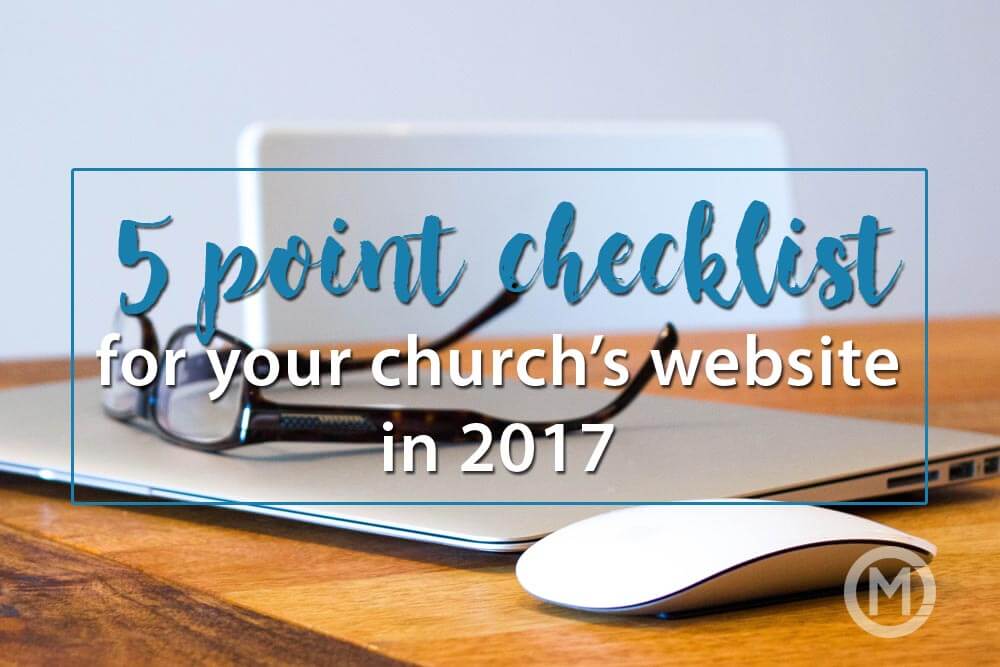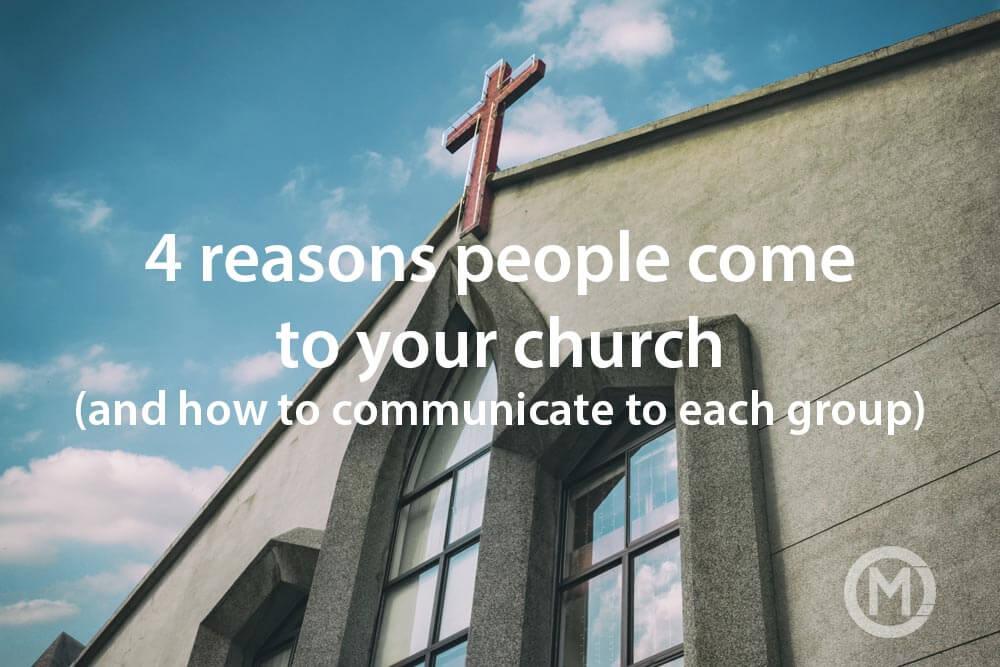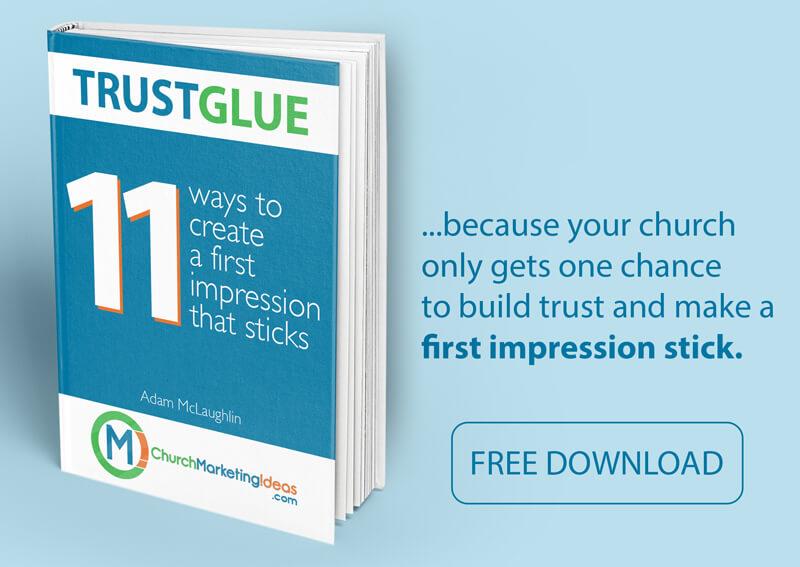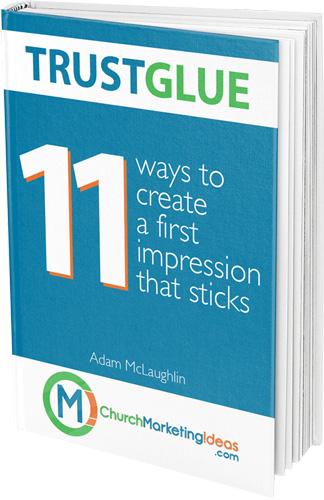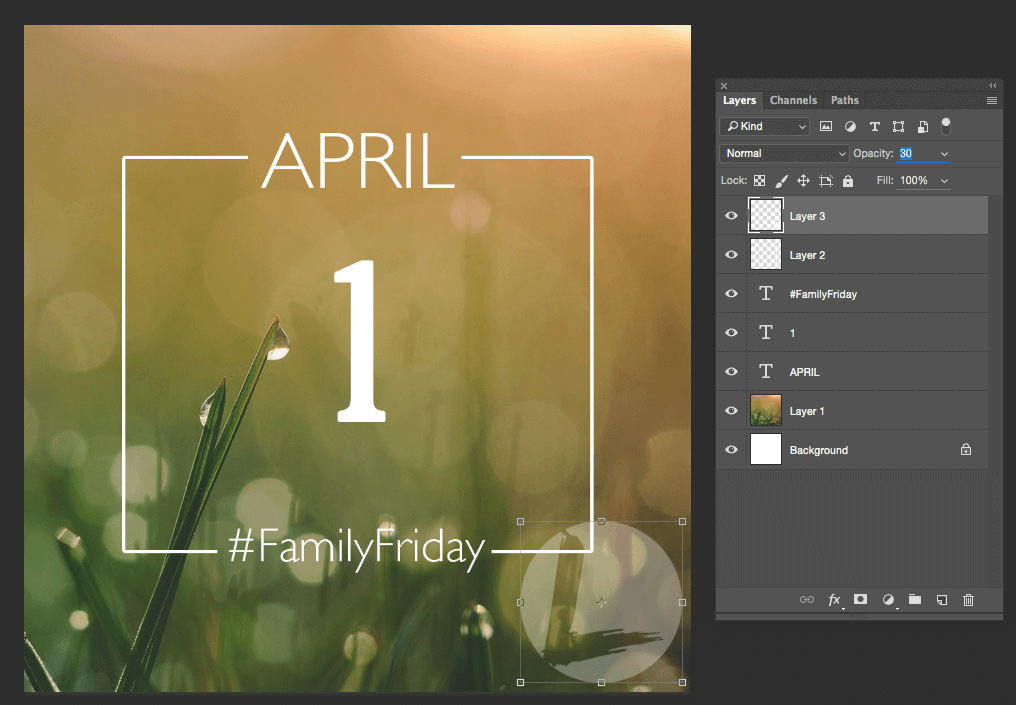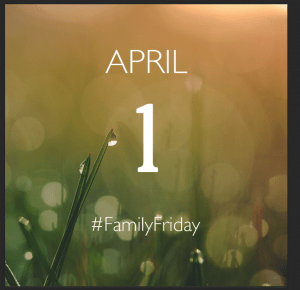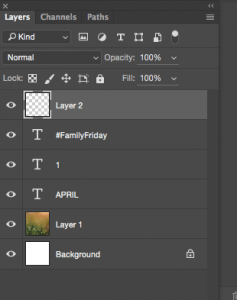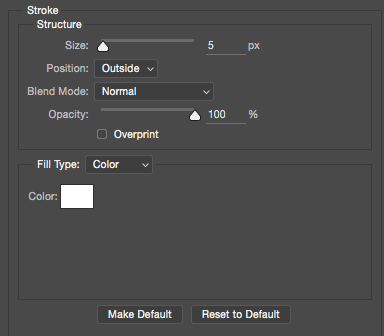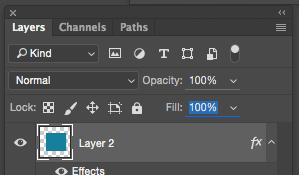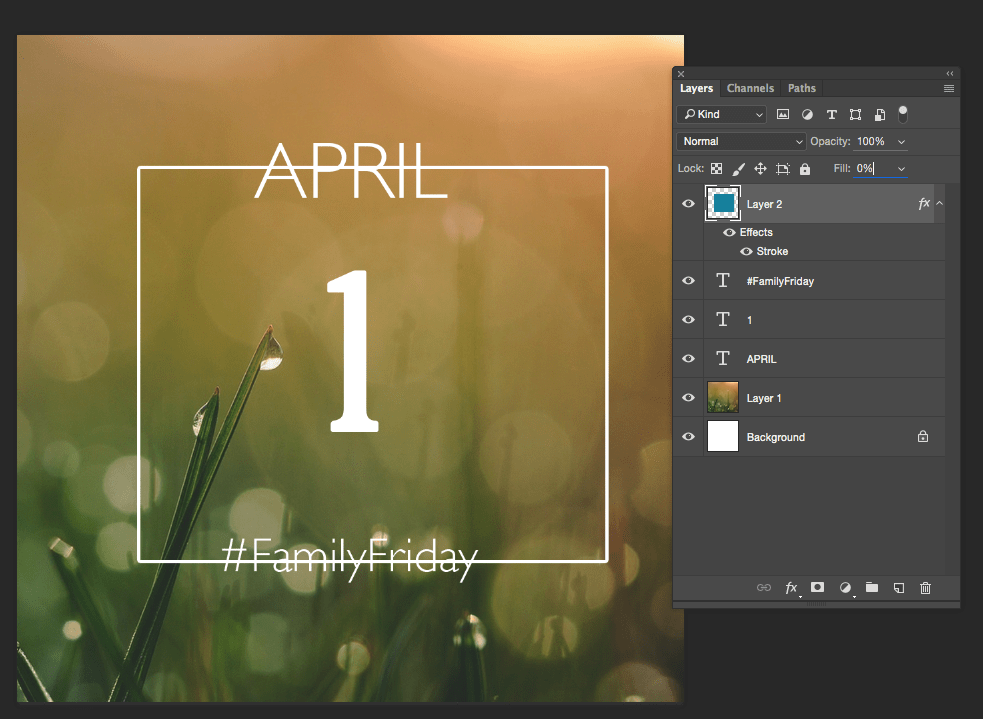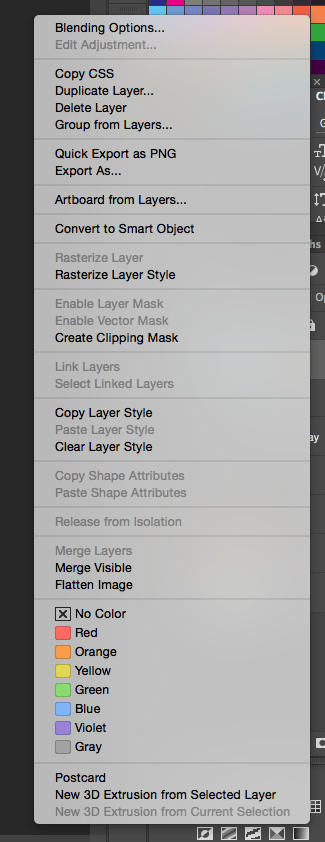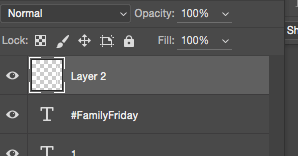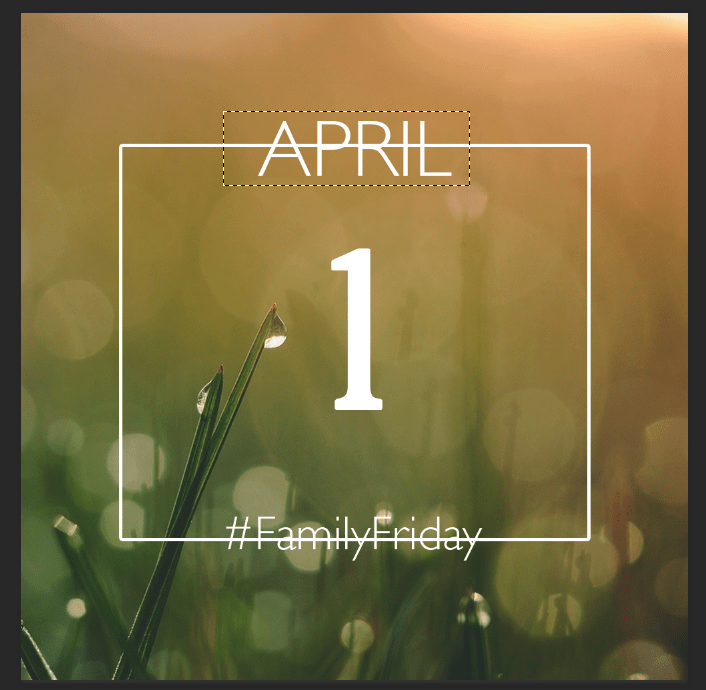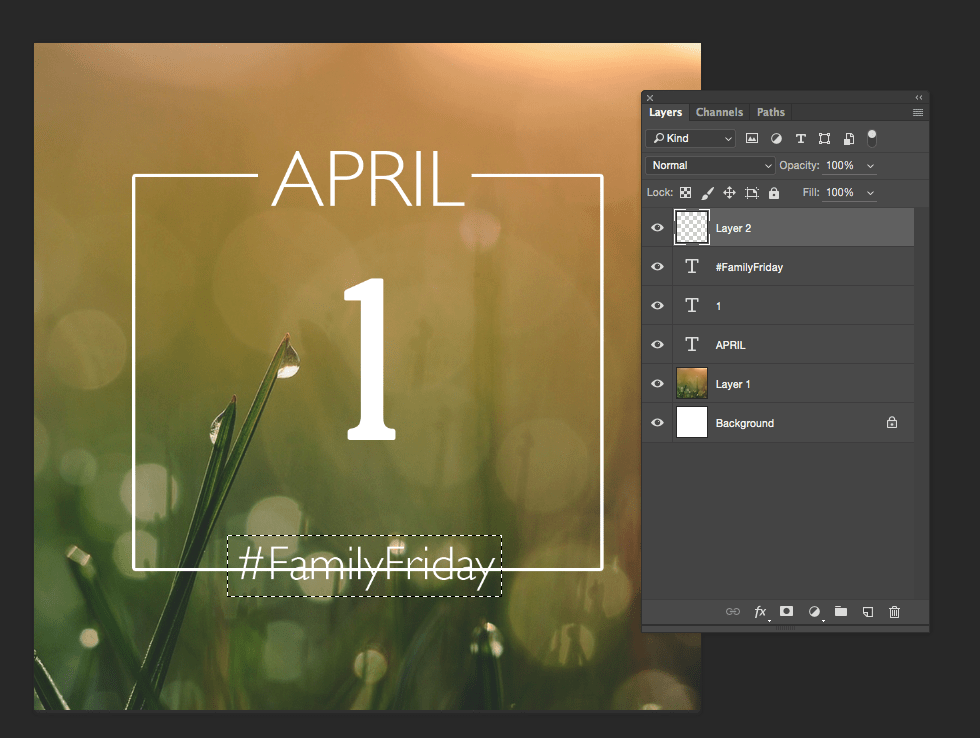Your website is more important than ever in representing who you are as a church and attracting people to you.
Almost 100% of the families that joined us for the first time in 2016 say that they checked out our website before visiting. Some found Life Church by searching on Google, others heard about us from another source but still checked us out online before visiting.
Here are some must-haves so your website can keep up in 2017 that ANY church can implement (these aren’t just for churches with full-time designers on staff).
Contact information on the home page above the fold

‘Above the fold’ is a term that means that something appears on your screen without having to scroll. With long-scrolling website styles, its tempting to make your home page REALLY long with more and more sections of content. That’s fine if it’s done strategically, but keep your contact info available before someone has to scroll.
Represent yourselves accurately

My suggestion would be to use actual photos and video of your building, your services, your people and let the size and demographic speak for itself as much as possible. Even if you hope to be something (ie. larger, more diverse, younger, older, etc.) give the impression that you welcome that diversity, but don’t give the impression that it exists.
If you need to use stock photography then be sure it still represents you accurately.
(here’s an article from Brady Shearer at Pro Church Tools with some alternatives to clipart and stock photography)
Reduce your load time

Keep your load time to under 4 seconds. You can check with this free tool: tools.pingdom.com – It will tell you not only your load time from a secondary server, but will show each process and file that loads on your website and which are taking the most time.
Images: Reduce them to 100KB or less – full screen images I try and keep around 200 – 250KB. When you export form photoshop, click “Save for web” and play with the quality and size until you get it right. If you’re going to be using an image at 500px wide, then output the picture at 500px. Resizing a larger image down to a smaller image requires your site to load larger files, then scale them all as part of your load time.
Video: As much as possible, host videos on YouTube or Vimeo and paste a frame or shortcode in your website. This causes large video files to load on their server instead of loading on yours.
Audio: Same as video, when possible, host somewhere else.
Don’t just have a mobile website, have a responsive website


When your church website is responsive, it thinks ‘hey, this browser is 823 pixels wide, I’ll make the content match. The next browser window is 1834 pixels wide, and now the content will match that.)
With a growing number of devices, screen sizes and manufacturers, a responsive site has become a necessity (with the added perk that if you change information, it is that same info on every device – you don’t have to update both a desktop site and a mobile site)
The “responsive’ qualities of your website are usually built right into the template. If you use WordPress, look for a responsive theme. If you’re stuck on your theme, but it’s not responsive, consider a mobile version of your site until you can replace it with a responsive theme that works.
Have a color scheme that’s not named “Rainbow”

If your website has even color in the rainbow, you’re not going to be viewed as credible – trust me. Even if you had a committee approve your website, they all have smart phones that are 1 color with an accent color, use Facebook or twitter or instagram with really simple color schemes. If you’re wanting to use more colors to create energy or excitement, try using colorful photos – people relate to faces better than a barrage of colors.
Need some color scheme inspiration? Try Coolors.co or if you’re looking for something premade, Google color schemes for websites.
Post your website link in the comments so we can check it out! (Business or church!)
